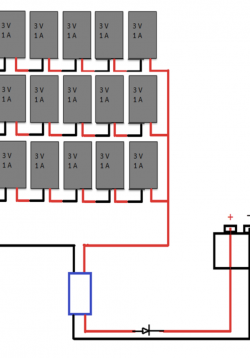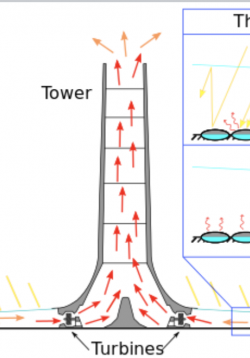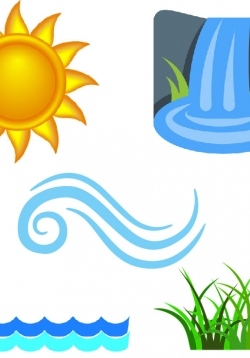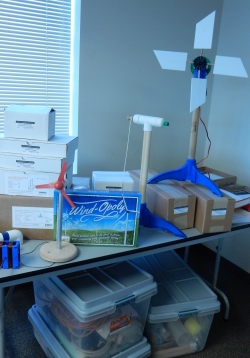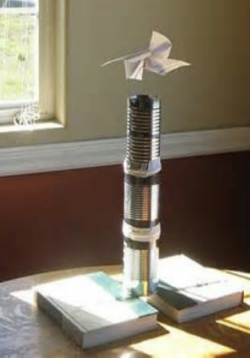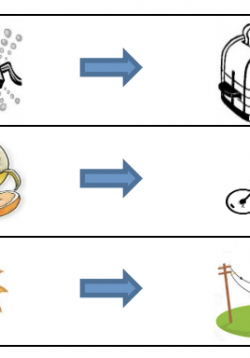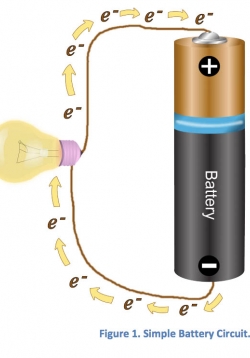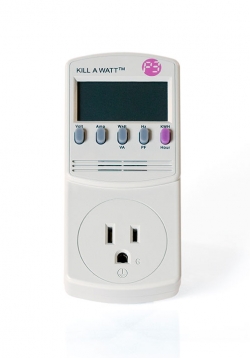Photovoltaic Solutions "Shark-Tank Style"
In this lesson, the students will take their knowledge gained in the previous activities to innovate design solutions that will allow PV technology to plan an increased role in the transportation sector. The challenge given to them is to design a BEV that...
Solar Updraft Towers Unit Overview
Students will combine research, direct observations, and hands-on investigation to lead them into an engineering design project involving the construction of a solar updraft tower. During this process, students will make references to specific phenomena...
Informative Writing: Where Does Energy Come From?
This lesson is a (stand alone or in-unit) guided non-fiction research and writing project, which includes a differentiated choice menu and list of ideas for publishing the completed project. Each student will choose one of ten energy sources to research,...
Where Does Energy Go?
This lesson consists of six demonstration activities that show examples of ways in which water and air absorb heat to transfer energy from one place to another. These demonstration activities act as unique phenomena in which students can generate questions...
Wind Power: A Hands on Experience
This lesson challenges students to work in teams to design successful turbine blades for the “KidWind Firefly”. The firefly has an LED light that lights up when the students have designed turbine blades that spin effectively. This lesson provides students...
Let's Build Our Wind and Solar Energy Toy
Students will combine what they learned in previous lessons using their investigations of convection-related phenomena to design a device that will convert light energy from the sun into thermal energy and utilize the resulting convection currents. Their...
Learning About Solar Updraft Towers
This lesson helps students learn about solar updraft towers being planned and built around the world to help solve the energy crisis by using unlimited power from the sun. This will provide real world context to the engineering challenge they engaged in...
Introduction to Energy
This lesson will introduce students to each of the different types of energy using PowerPoint slides, partner activities, and hands-on experiences with different kinds of energy including: batteries (chemical), electrical circuits (electrical), motors (...
Introduction to Circuits
This lesson begins with students having hands-on experiences creating electrical circuits using a battery, wires, and a light bulb. Students will learn that electricity is the flow of electrons, and how electricity moves within a circuit.
How much energy do YOU use?
Students will learn the difference between energy and power. They will then use this new understanding to compare the energy and power difference of light bulbs (incandescent, halogen, fluorescent, and LED) using a tool called a “Kill-A-Watt” meter....

